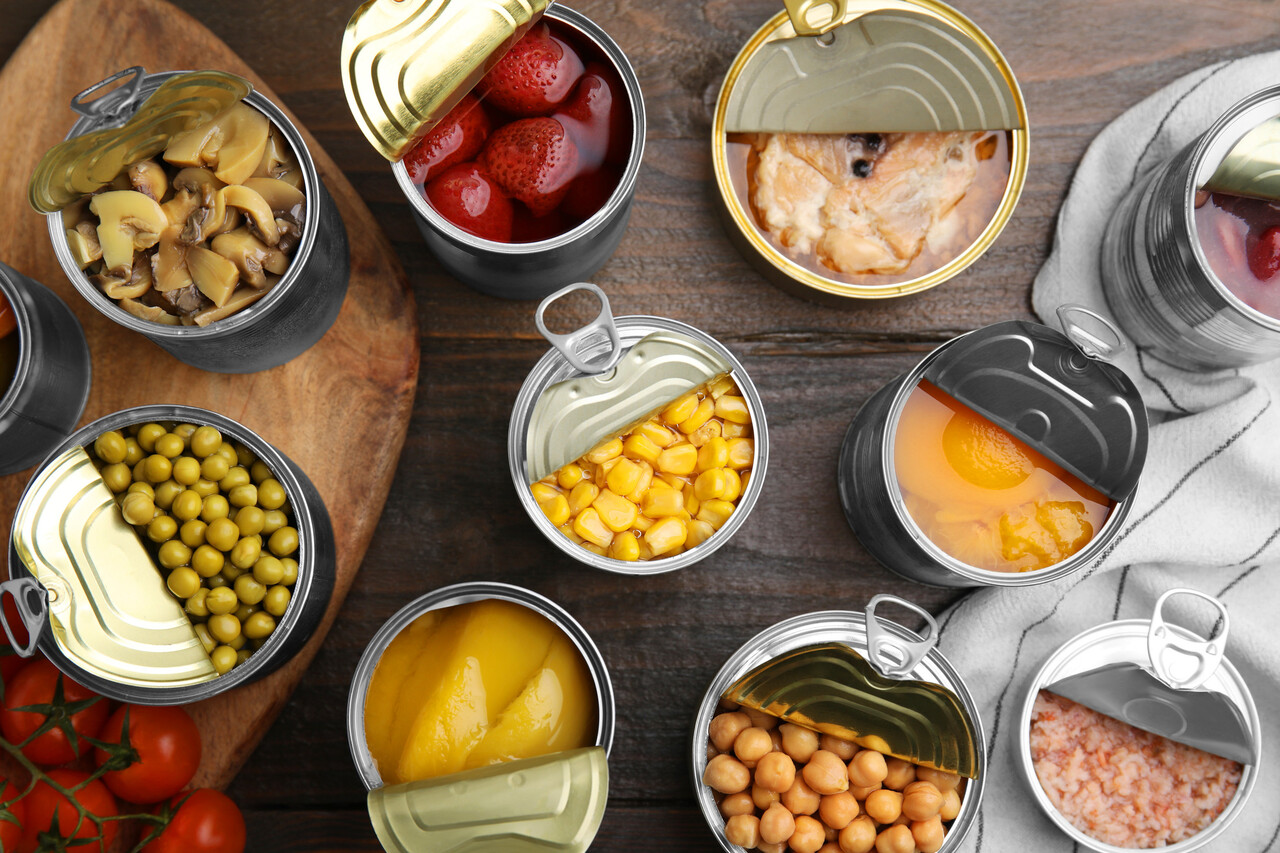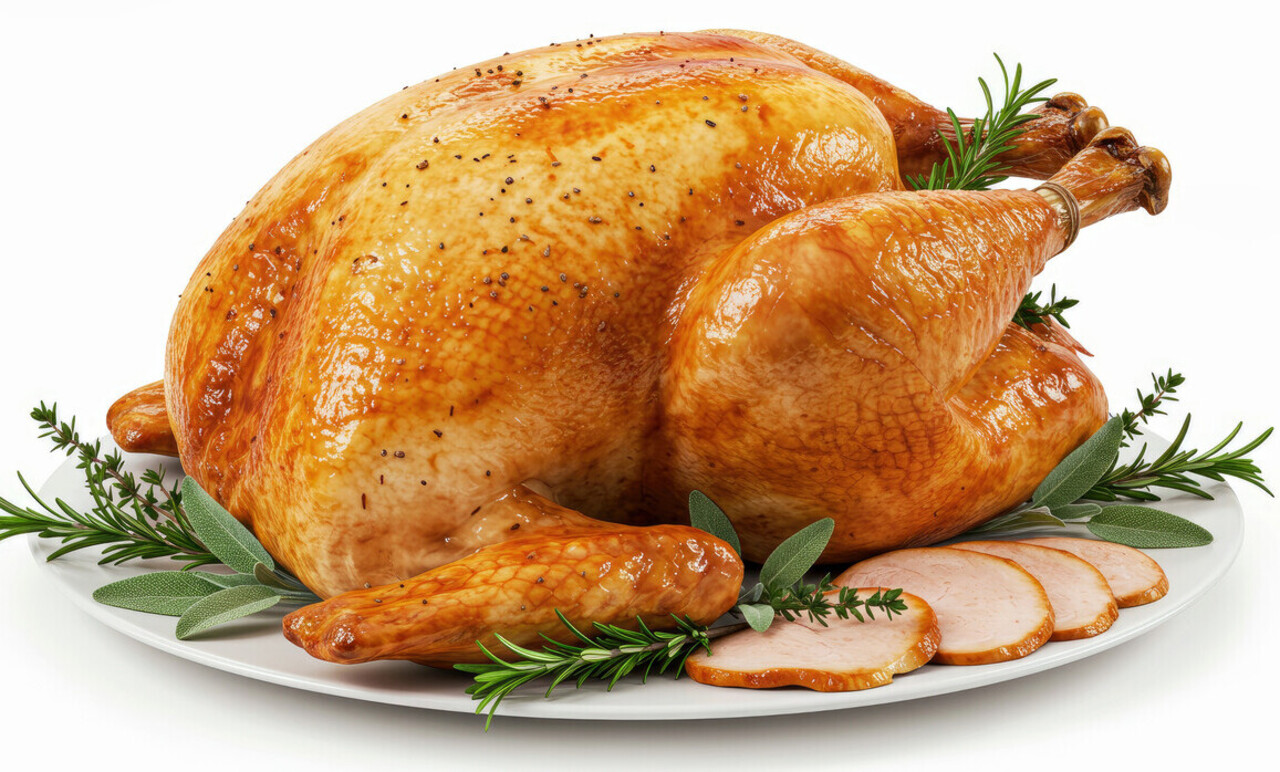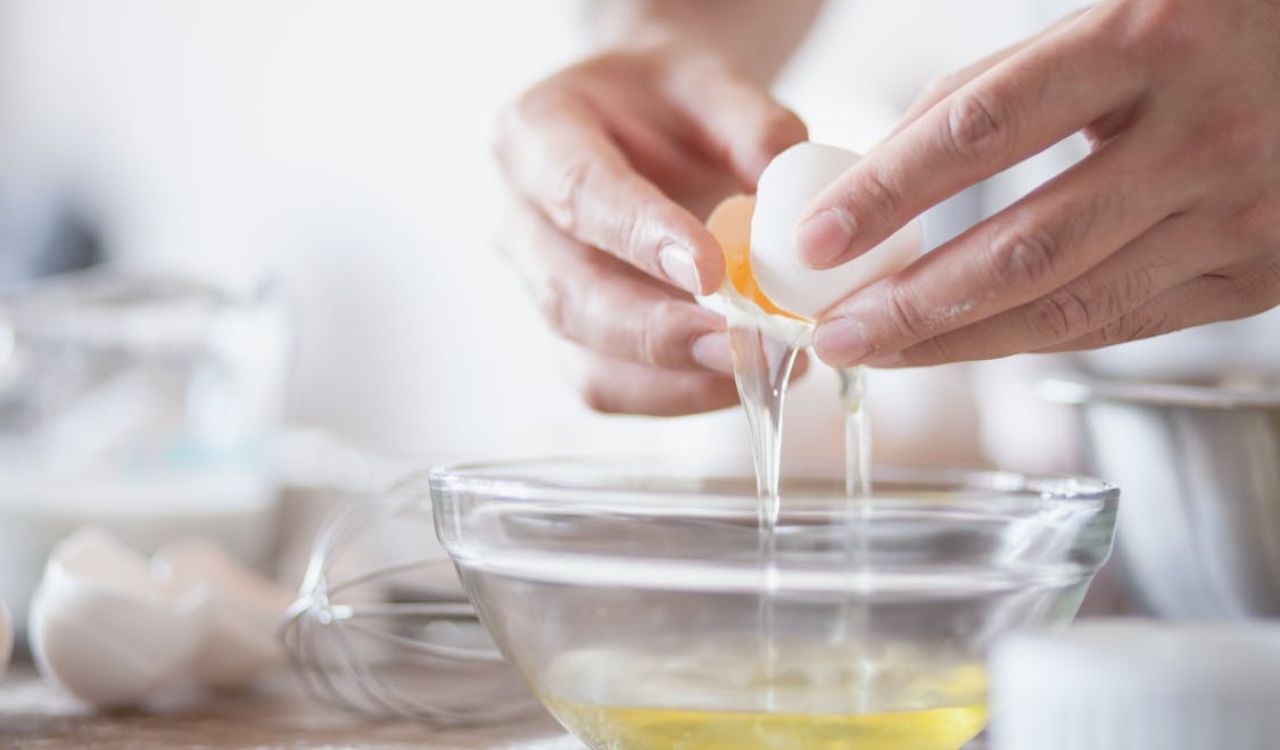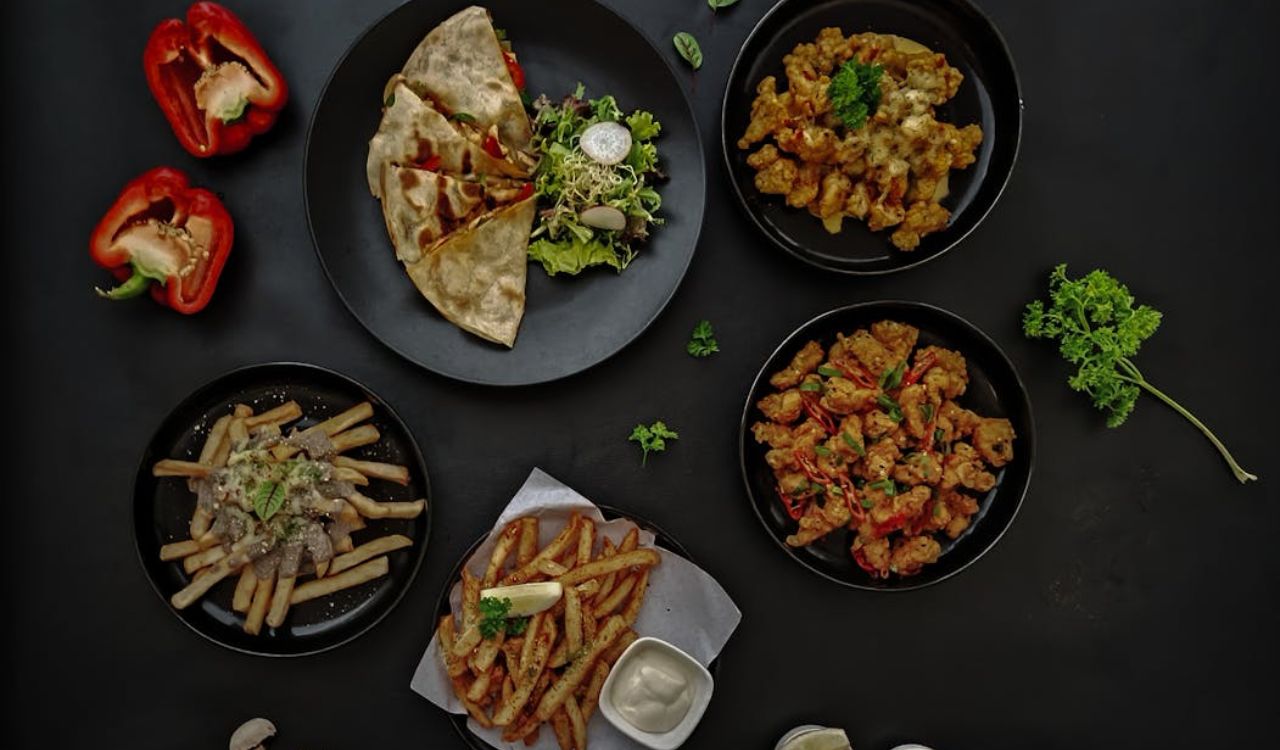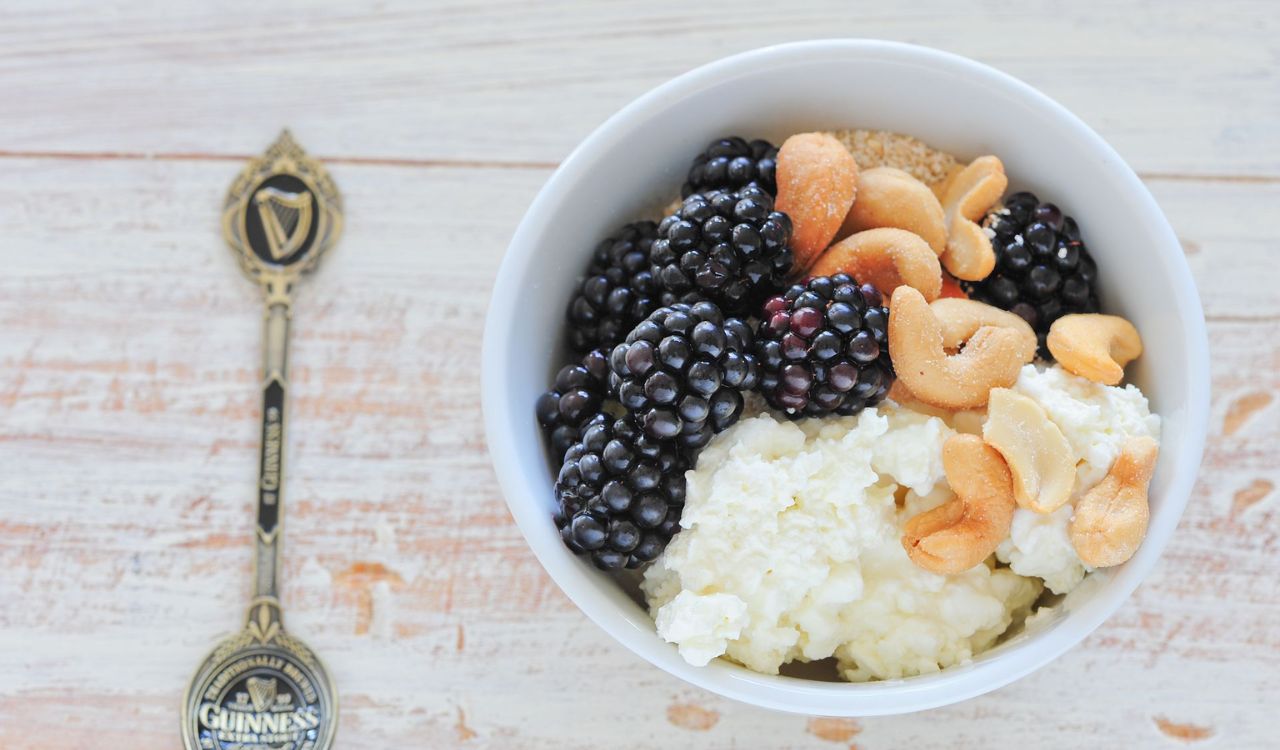Charcoal Rub or Classic Steak: Which One Wins on Flavor?
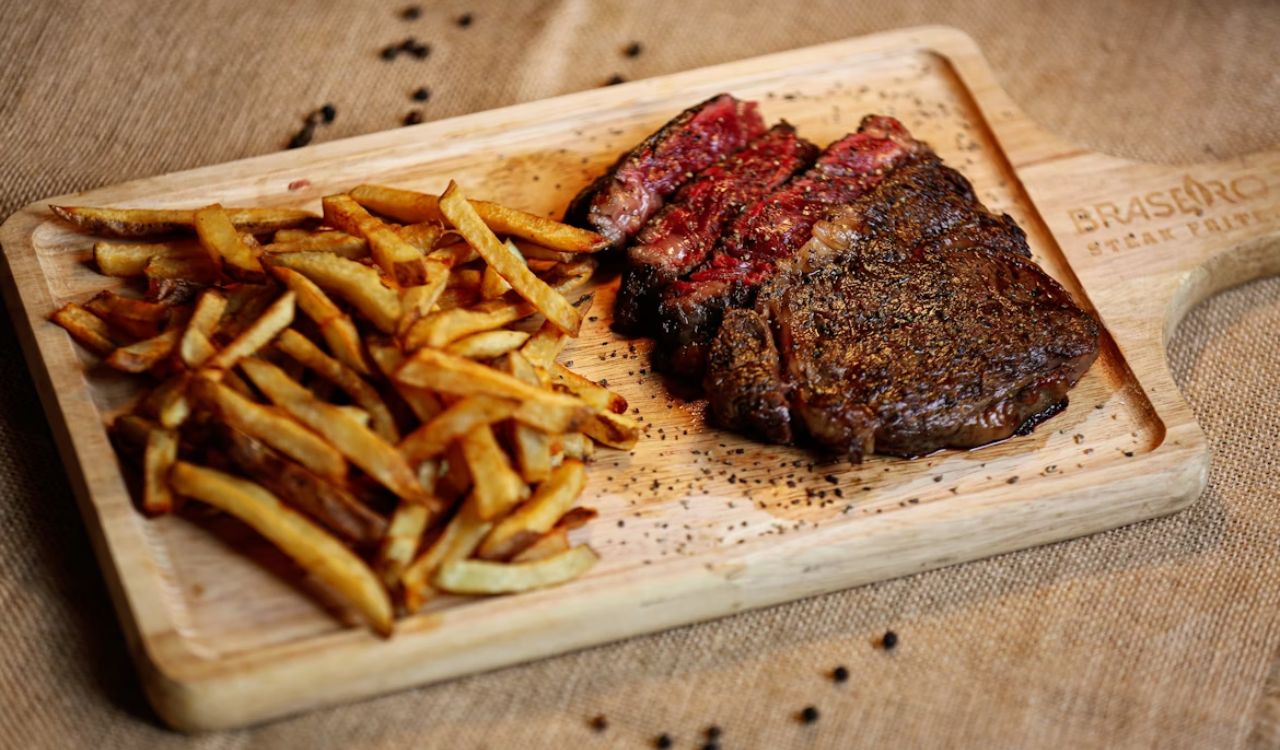
Whether you fire up a grill or work from your kitchen stove, the path to a perfect steak often starts with one decision: do you keep it classic or try something bold?
Charcoal rubs promise smoky flavor and dramatic crusts, while traditional salt and pepper seasoning highlights the beef’s natural richness. Both approaches have loyal fans, but understanding how each one affects taste, texture, and aroma helps you decide which deserves a place on your plate.
Why Traditional Seasoning Still Reigns
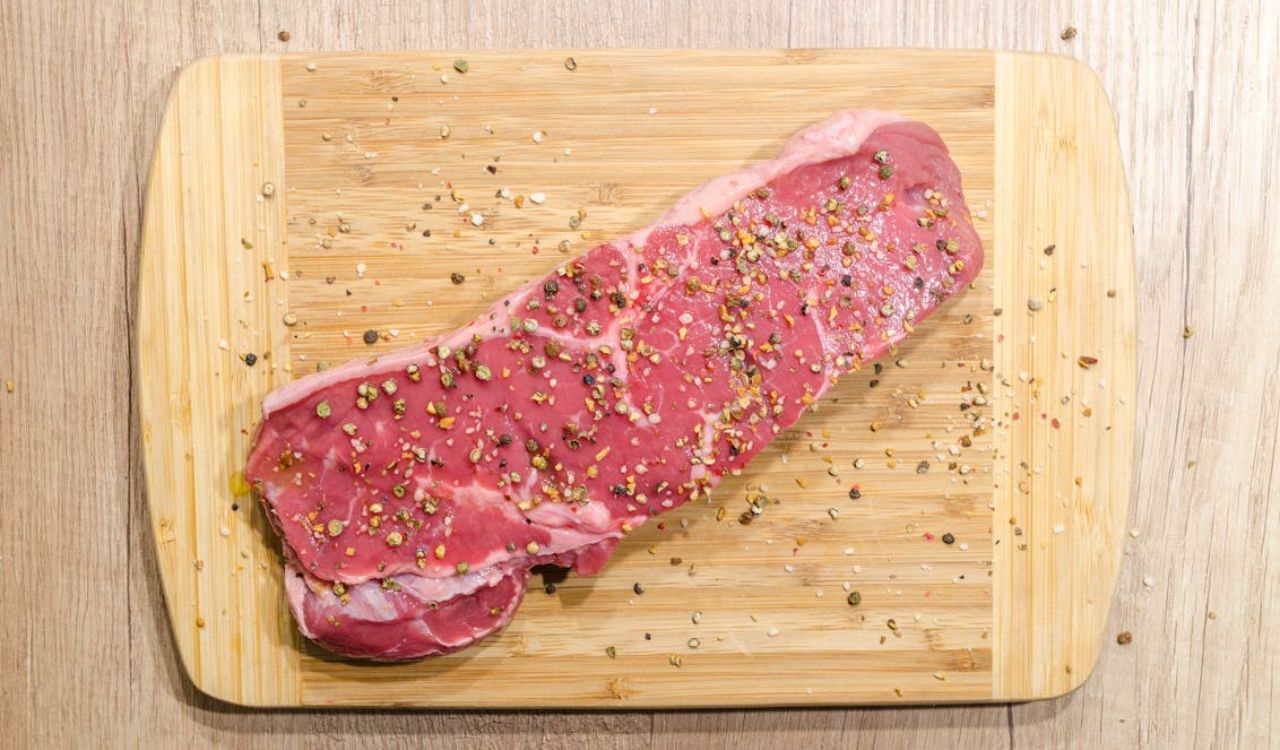
Classic steak seasoning has stood the test of time for a reason. It enhances meat without overshadowing its natural flavor. The foundation is simple: kosher salt to draw out moisture, cracked black pepper for bite, and maybe garlic or herbs for aroma. These elements are consistently listed among the best ways to elevate steak flavor.
Crust development
Salt helps create the perfect sear by pulling surface moisture away, allowing a golden crust to form. This triggers the Maillard reaction, the key process behind that caramelized, meaty flavor people crave.
Pure beef flavor
Minimal seasoning means the steak itself shines. Cuts like ribeye, New York strip, or tenderloin benefit from this method because it highlights their natural richness and texture without masking them.
Consistency and control
The salt-and-pepper approach is reliable across cooking methods. Whether you are using a cast-iron pan, an oven, or an outdoor grill, it delivers a balanced crust and juicy interior every time.
What Charcoal Rubs Bring to the Table
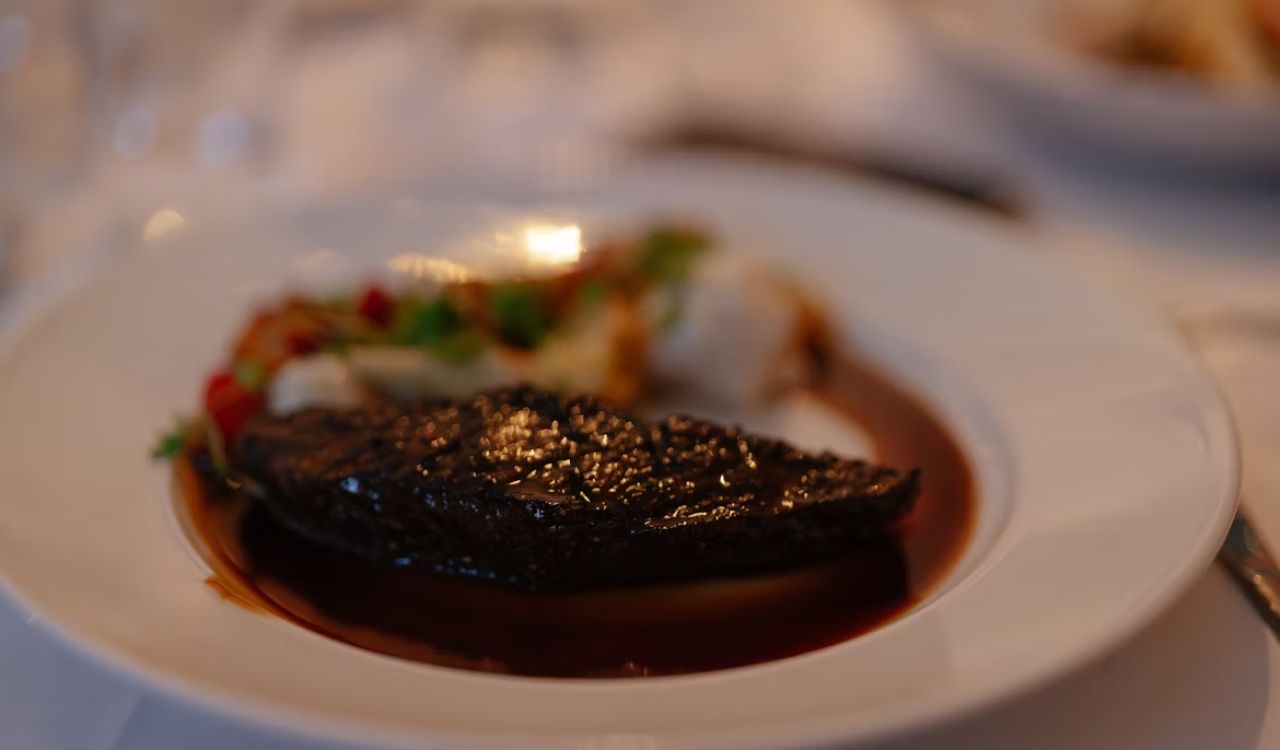
Charcoal rubs have exploded in popularity thanks to their unique ability to mimic grill flavor even indoors. These blends typically mix food-grade activated charcoal with spices such as smoked paprika, garlic powder, and herbs. A review describes them as “capturing the smoky magic of a charcoal grill in a bottle.”
Distinct crust and texture
Charcoal particles form a deep black crust that locks in heat and enhances crispiness. This gives steaks a visually striking finish that also delivers added crunch.
Smoky flavor without a fire
Charcoal rubs replicate the subtle smokiness of outdoor grilling. For cooks without access to a grill, this is a simple way to achieve that flavor profile. A butcher quoted in a review said it was “a good substitute for true charcoal cooking.”
Points to consider
Not all experts are convinced. Some chefs call charcoal rubs a novelty rather than a revolution, noting they “do not taste exactly the same as the real thing.” Additionally, activated charcoal can interact with certain medications by reducing absorption, so it should be used moderately.
Flavor Face-Off: The Key Differences
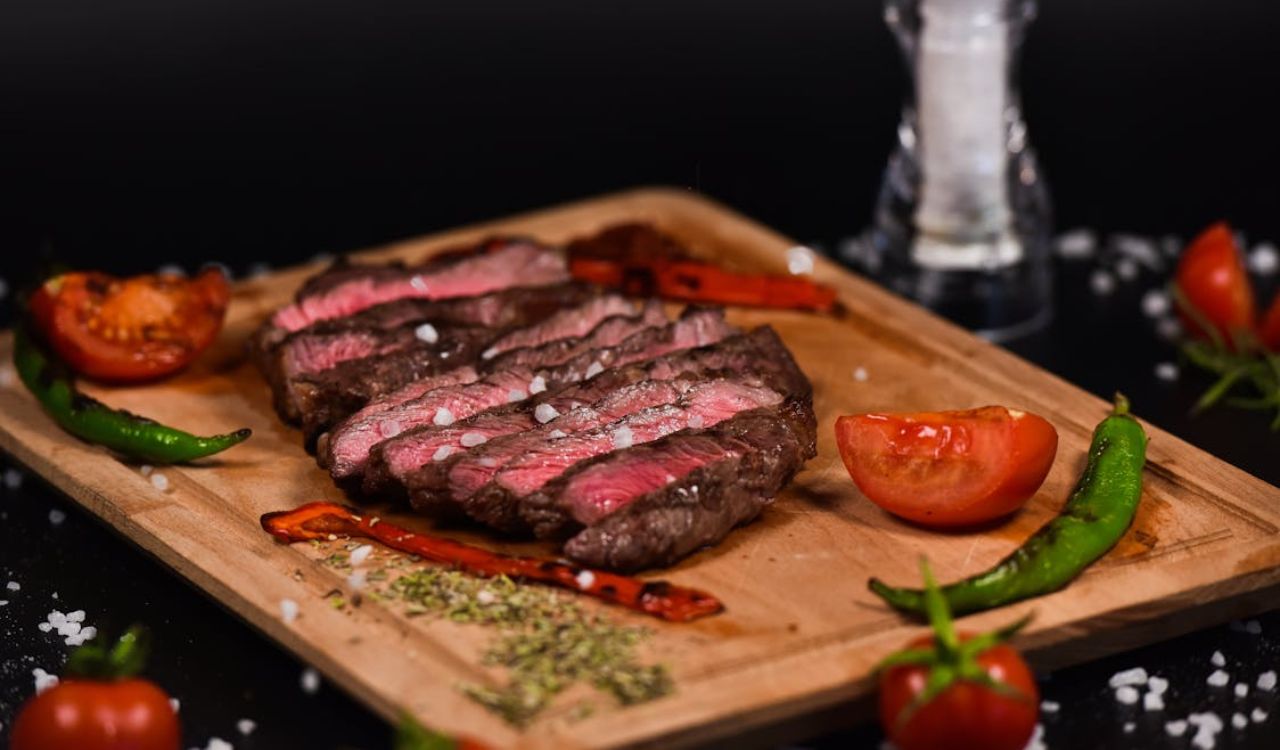
Choosing between a charcoal rub and classic seasoning depends on your goal, cooking setup, and personal preference.
Flavor profile
Traditional seasoning brings out the beef’s natural umami and tenderness. Charcoal rubs add a layer of smokiness and visual flair, sometimes overpowering the meat’s subtler notes.
Texture and cooking method
Salt and pepper seasoning work well across all cooking environments, including the grill, pan, or oven. Charcoal rubs thrive under high heat, where their crust can set quickly, but the dark surface can make it harder to gauge doneness.
Health and safety
Both are safe for general use, but activated charcoal should come from food-grade sources only. Too much can produce bitterness or affect digestion.
Convenience and cost
Classic seasoning wins on accessibility and price. Charcoal rubs may require specialty purchases or online orders, making them less practical for everyday use.
How to Perfect Each Method
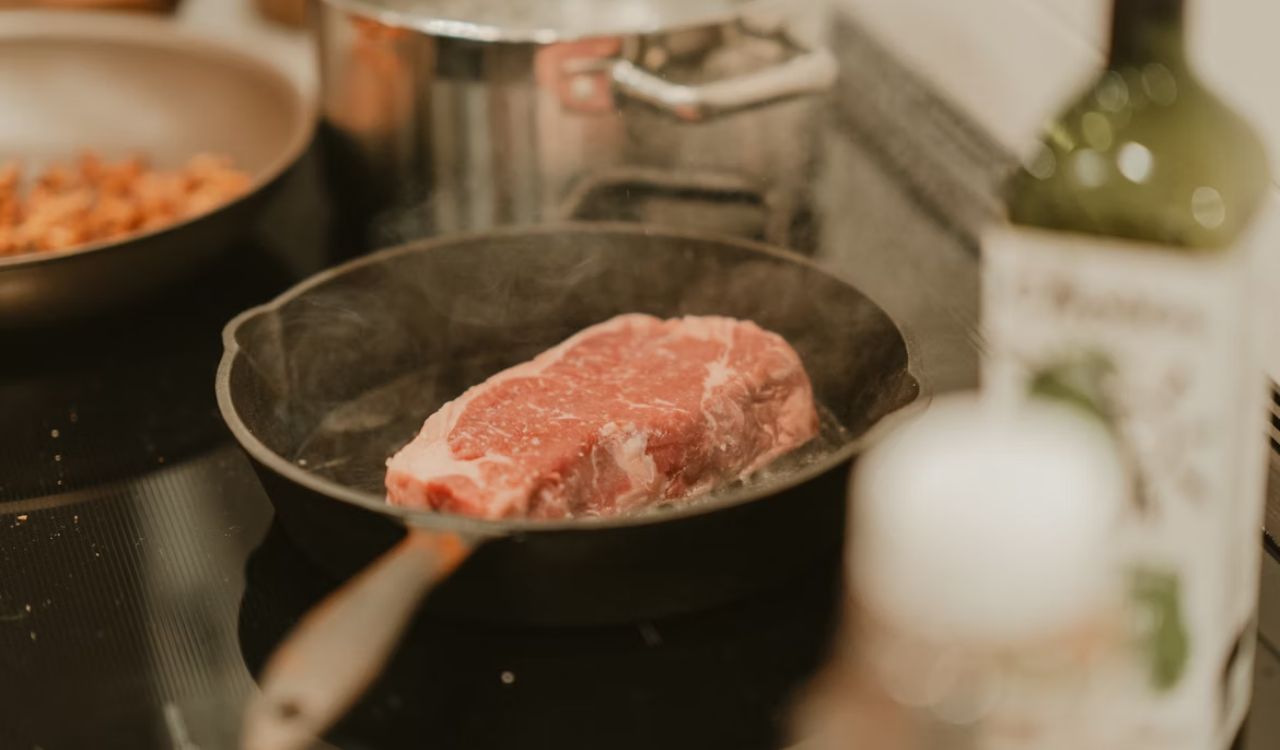
Regardless of which seasoning you choose, preparation and timing make all the difference.
For classic steak seasoning
- Pat the steak dry with paper towels to remove excess moisture.
- Season generously with kosher salt and cracked pepper.
- Let the steak rest for at least 15 minutes before cooking.
- Sear over high heat for 2–3 minutes per side, then finish in the oven at 400°F if needed.
- Allow the steak to rest 5–10 minutes before slicing to preserve juices.
For a charcoal-rubbed steak
- Choose a food-grade charcoal blend with balanced spices.
- Apply a light, even coating; avoid thick layers that can burn or turn bitter.
- Sear on high heat to form the crust, then lower the temperature to finish cooking.
- Rest the meat before slicing to prevent dryness.
- Serve with bright sides like chimichurri, roasted vegetables, or citrus slaw to balance the smoky intensity.
When to Use Each One
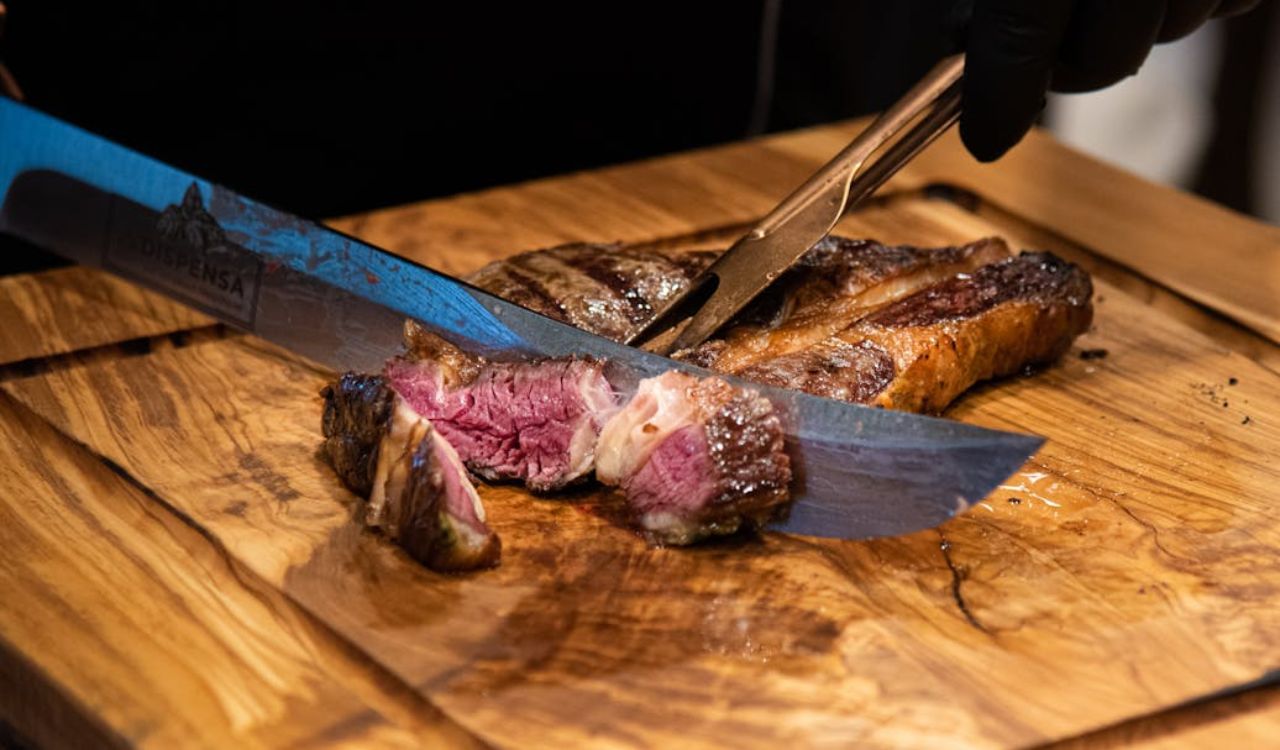
Classic seasoning: Ideal for premium cuts or occasions where you want pure beef flavor. It complements natural marbling and is suitable for most cooking methods.
Charcoal rub: Best for visual presentation or when you want smoky notes without a grill. It adds drama to casual cookouts or special gatherings.
Ultimately, the winner depends on your purpose. The classic seasoning remains unbeatable for everyday cooking and purists who value the meat’s natural character. Charcoal rubs, on the other hand, deliver visual excitement and flavor depth for adventurous cooks who enjoy experimenting.
Two Paths to Perfect Steak
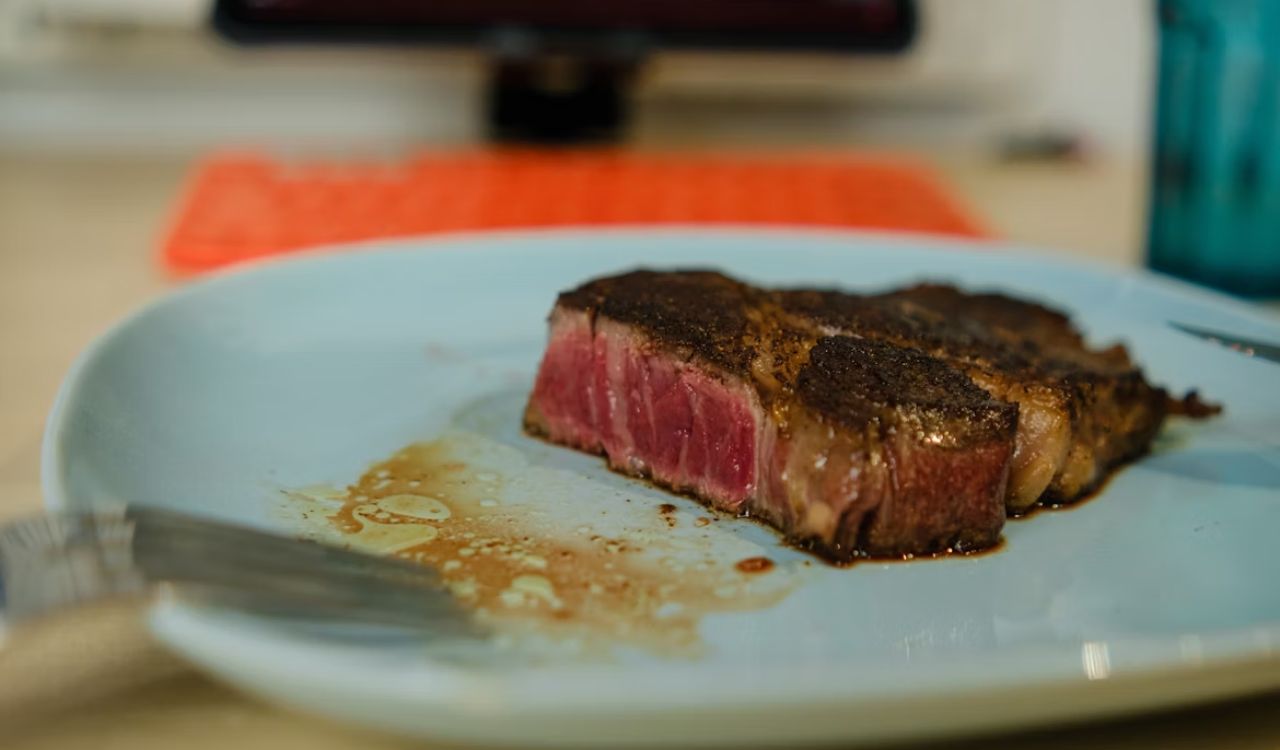
If your goal is simplicity, tradition, and pure beef satisfaction, the classic salt-and-pepper seasoning stays undefeated. It gives full control, predictable results, and a flavor that stands the test of time.
If you crave something bolder, the charcoal rub adds intrigue and color. It replicates the campfire essence and adds a crispy texture that surprises guests. Used correctly, it turns a weeknight steak into an experience.
Both methods have their place, and the real secret lies in mastering heat control, rest time, and quality of meat. Whether you go classic or charcoal, you win as long as the steak is cooked with care.
References
- Marinades Based on Natural Ingredients as a Way to Improve the Quality and Shelf Life of Meat: A Review- PMC.NCBI.NIH.gov
- 15 Steak Ingredients That Take Your Steak from Good to Great- TasteofHome.com
- Are Charcoal Rubs Good For Meat Or Just A Gimmick?- TheTakeout.com
- What Is Charcoal Seasoning And How Do You Use It?- Chowhound.com


